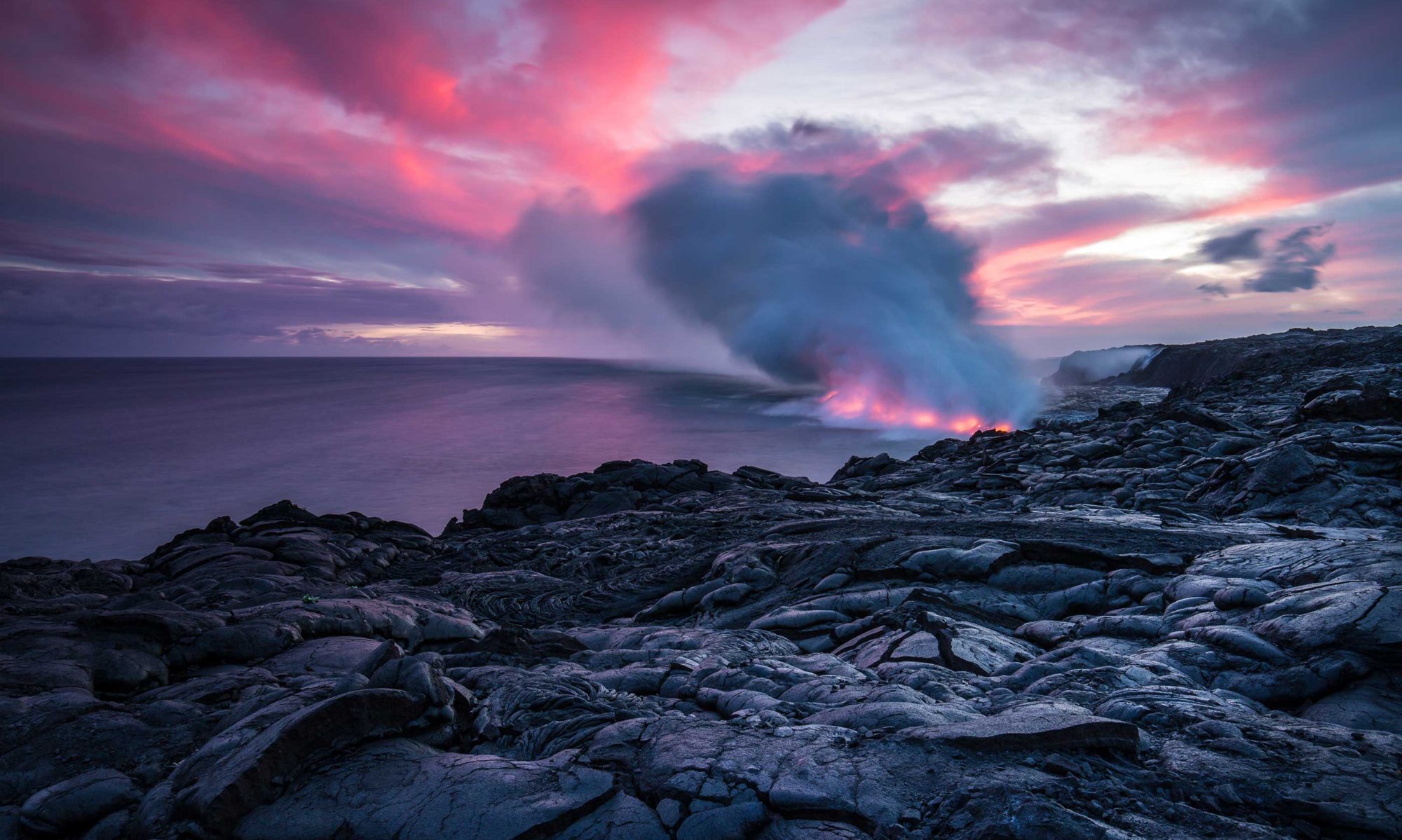Permafrost – ground that has been permanently frozen for two or more years – makes up a considerable amount of the Earth, around 15% of the Northern Hemisphere.
Continue reading “Monitoring Arctic permafrost”Global warming amplifying water cycle
The global water cycle plays an important part of our environment and daily lives but rising global temperatures have been making this system more extreme.
Continue reading “Global warming amplifying water cycle”Arctic salinity
Researchers at the Barcelona Expert Center (BEC) of the Institut de Ciencies del Mar (ICM-CSIS) have improved their marine circulation prediction in the Arctic with satellite derived salinity measurements.
Continue reading “Arctic salinity”Accelerating melt in Greenland
Researchers have observed extremely high rates of melting at the bottom of the Greenland Ice Sheet, caused by massive quantities of meltwater falling from the surface to the base. As the meltwater falls, heat is generated in a process like the hydroelectric power generated by large dams.
Continue reading “Accelerating melt in Greenland”Antarctic record sea ice loss
As rising global temperatures alter the landscape of the Arctic, scientists are observing a new record in Antarctica.
Continue reading “Antarctic record sea ice loss”Our dimming earth
New research shows that the Earth’s albedo affects our overall cloud cover which has a large impact on light absorbed rather than reflected from the Earth.
Continue reading “Our dimming earth”Arctic warming fundamentals
It is apparent that the Arctic is warming more than two times faster than the global average. This phenomenon – known as “Arctic amplification” – is causing drastic changes in the Arctic and has also been linked to extreme weather events in the mid-latitudes of the northern hemisphere.
Continue reading “Arctic warming fundamentals”Early general circulation models
Climate is made by the general circulation of the atmosphere and the global pattern of air movements. Many meteorologists believed that shifts in this pattern were the main cause of climate change.
Continue reading “Early general circulation models”Methane sources
At COP26 in Glasgow, more than 100 nations signed the Global Methane Pledge, promising to cut methane emissions 30% by 2030.
Continue reading “Methane sources”Ocean becoming more stable
When scientists talk about the stability of the ocean, they refer to how much the different layers of the ocean mix with each other. A recent study analyzed over a million samples and found that, over the past five decades, the stability of the ocean increased at a rate six times faster than expected.
Continue reading “Ocean becoming more stable”
